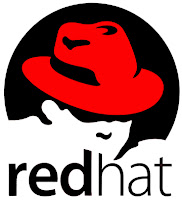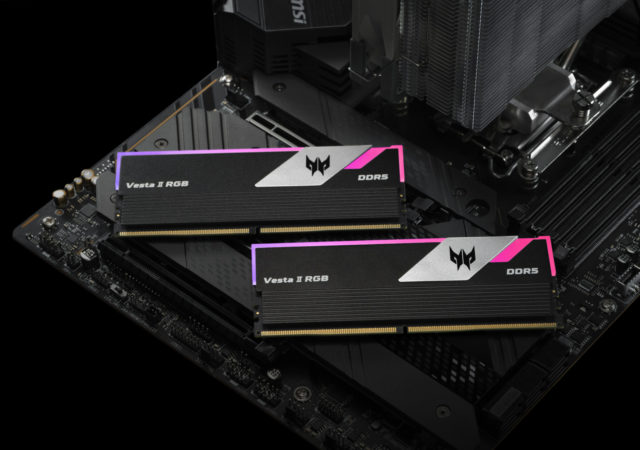Red Hat Breaks Down Barriers to Enterprise Container Adoption with Dynamic Storage Provisioning in Latest Version of Red Hat OpenShift Container Platform
Enterprise Kubernetes platform designed to simplify storage for containerized applications, streamline multi-tenant deployments in hybrid cloud computing environments
Hong Kong – 7 February, 2017 – Red Hat, Inc. (NYSE: RHT), the world’s leading provider of open source solutions, today announced the general availability of Red Hat OpenShift Container Platform 3.4, the latest version of its container application platform. Red Hat helps organizations like Discovery Health and Pioneer better embrace new technologies, such as Linux containers, that can deliver innovative business applications and services without sacrificing existing IT investments. Red Hat OpenShift Container Platform 3.4 provides a platform for this innovation while retaining a focus on existing mission-critical workloads, offering dynamic storage provisioning for both traditional and cloud-native applications and multi-tenant capabilities that can support multiple applications, teams and deployment processes in a hybrid cloud environment.
As a leading contributor to both the docker and Kubernetes projects, the latest version of Red Hat’s container application platform provides an enterprise-ready version of Kubernetes 1.4 and the docker container runtime. This helps customers to more quickly roll out new services with the backing of a stable, reliable and more secure enterprise platform powered by the latest version of Red Hat Enterprise Linux, the world’s leading enterprise Linux platform.
Red Hat OpenShift Container Platform 3.4 integrates the architectures, processes and services to enable delivery of critical business applications, from traditional and legacy applications to cloud-native and containerized workloads. New capabilities in the latest version include:
● Next-level container storage with support for dynamic storage provisioning, allowing multiple storage types to be provisioned, and multi-tier storage exposure via quality-of-service labels in Kubernetes. Container-native storage, enabled by Red Hat Gluster Storage, which now supports dynamic provisioning and push button deployment, enhances the user experience running stateful and stateless applications on Red Hat OpenShift Container Platform. It makes the consumption and provisioning of application storage easier for developers to use. With Red Hat Gluster Storage, OpenShift customers get the added benefit of a software-defined, highly available and scalable storage solution that works across on-premises and public cloud environments and one that can be more cost efficient than traditional hardware-based or cloud-only storage services.
● Enhanced multi-tenancy through more simplified management of projects, a feature powered by Kubernetes namespaces, in a single Kubernetes cluster. Multiple developer teams, applications and lifecycle environments can run fully isolated and share resources on a single Kubernetes cluster in OpenShift Container Platform. Red Hat OpenShift Container Platform 3.4 adds the capacity to search for projects, project details, manage project membership and more via a more streamlined web console, making it easier for users to work with multiple projects across dispersed teams. These multi-tenancy capabilities enable enterprise IT organizations to provide application development teams with their own cloud-like application environment to build and deploy customer-facing or internal applications using DevOps processes that are isolated from one another.
● New hybrid cloud reference architectures for running Red Hat OpenShift Container Platform on OpenStack, VMware, Amazon Web Services (AWS), Google Cloud Engine and Microsoft Azure. These guides help walk a user through deploying a stable, fault-tolerant, production-grade environment that uses the power of Red Hat OpenShift Container Platform across public and private clouds, virtual machines and bare metal.
Forming the orchestration backbone of Red Hat OpenShift Container Platform 3.4 is Kubernetes 1.4, which is maintained by the open source Kubernetes Project community. Kubernetes 1.4 features alpha support for expanded cluster federation APIs, a feature that can enable multiple clusters federated across a hybrid environment and a capability that Red Hat views as a key component to enabling hybrid cloud deployments in the enterprise. As with all of Red Hat’s enterprise-ready Linux container solutions, the latest version of OpenShift offers community innovation as hardened, production-grade features.
Beyond the software, Red Hat OpenShift Container Platform 3.4 is also backed by Red Hat’s award-winning global support, helping enterprises to take advantage of the innovation offered by Kubernetes while knowing that the technology is supported by on-call technical expertise.
Supporting Linux containers across the hybrid cloud
Red Hat’s expanded container portfolio spans private and fully managed public cloud offerings, supporting traditional and cloud-native applications, and different aspects of the application development process in one solution that can span multiple infrastructures and enable containers-as-a-service. This includes local, lab and production environments running in the data center or public cloud, managed by customers or fully managed by Red Hat. Additionally, Red Hat also offers a suite of no-cost developer-focused container tools, including a localized offering of Red Hat OpenShift Container Platform, through the Red Hat Container Developer Kit. Red Hat’s container-optimized solutions span storage, application services and management technologies, in addition to these no-cost development tools.
Availability
Red Hat OpenShift Container Platform 3.4 is available today via the Red Hat Customer Portal. Red Hat Cloud Suite will also feature the latest container application platform update as a pre-integrated offering alongside Red Hat OpenStack Platform, Red Hat Virtualization and Red Hat CloudForms.
For the LATEST tech updates,
FOLLOW us on our Twitter
LIKE us on our FaceBook
SUBSCRIBE to us on our YouTube Channel!






